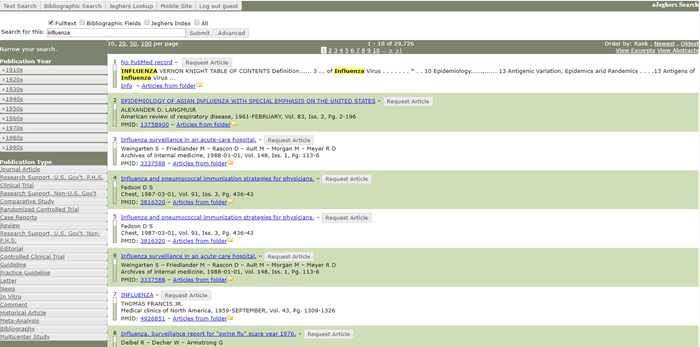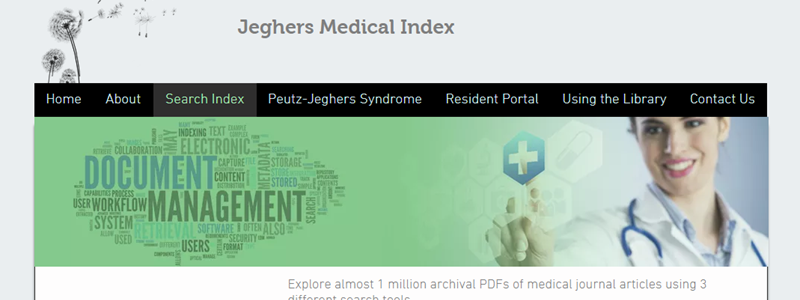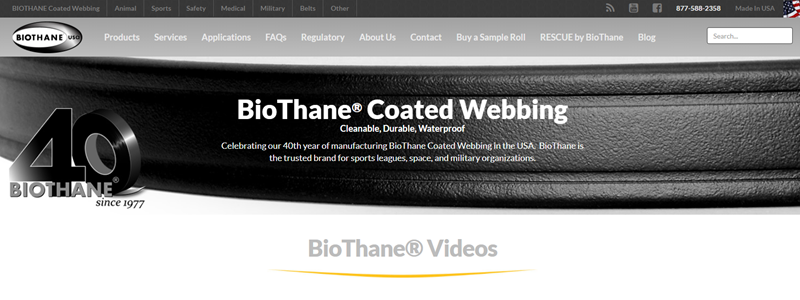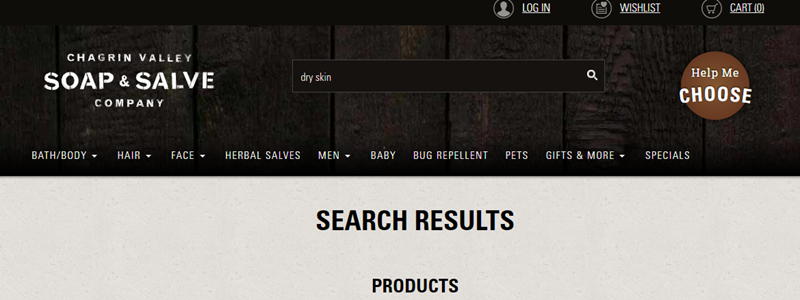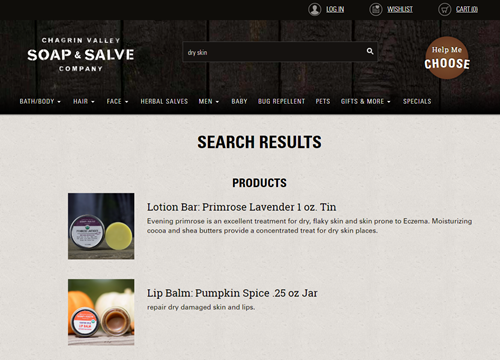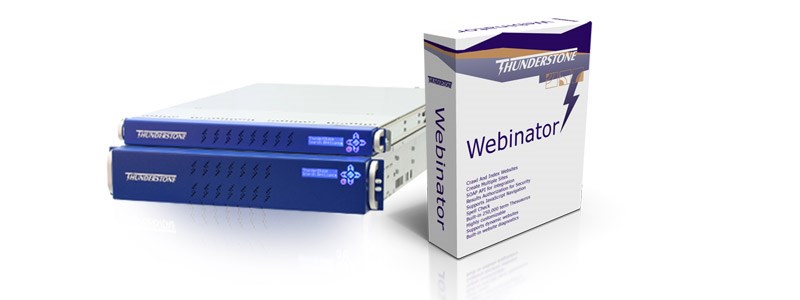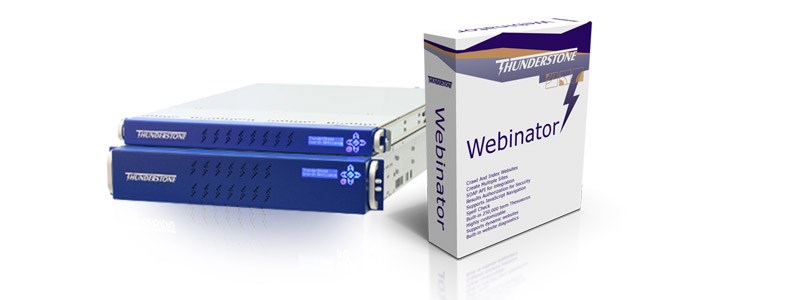The Challenge:
How do you create an online learning resource with search capabilities that satisfy the special requirements of students, teachers and tribal leaders in today's Native American communities?
- Kids on the reservations often speak in a manner that combines their traditional native language and English. They want a website that allows them to search for desired information in the same way.
- Educators need innovative, practical tools that can help students to learn more about their native languages, history and culture. They must teach nearly forgotten subjects and transmit cherished values.
- People with the responsibilities of leadership in Native American tribes have a dislike for anything that threatens their unique heritage. They fight against the corrosive influences of rampant commercialism.
The Solution:
The Native American Cultural and Historical Institute (NAI) and Mnemotrix Systems, Inc. created a Heritage Education online database with sophisticated User Group features and Concept Search capabilities powered by Thunderstone's TEXIS.
- Users of the Intelligent Archive Search tool at NativeAmericanInstitute.org can enter 'mix-and-match' queries that combine English with words from the Seminole, Miccosukee, Creek, Muskogee, Cherokee, Apache, Lakota, Sioux, Yurok and other Native American languages.
- The customizable thesaurus in TEXIS takes advantage of vocabularies developed by Native American speakers working closely with the tribal communities. As more people use this search application's thesaurus and continue to add to it, it becomes increasingly smarter.
- TEXIS allows NAI to index only targeted content into a fully searchable database optimized for rapidly accessing and retrieving both structured data and unstructured information. TEXIS will enable online users to very quickly find text documents, maps, images, audio recordings, photographs and related educational materials with a high degree of relevance to authentic Native American knowledge, achievements, beliefs and perspectives.
Tendencies within public school systems on the reservations often end up taking Native American kids away from who they are, forcing students to choose between educational attainment and their tribal community roots. In response, the Native American Cultural and Historical Institute (NAI) developed NativeAmericanInstitute.org — a Heritage Education teaching resource for tribal educators, students and researchers. This web-based database provides access to an expanding quantity of archived information via Thunderstone's TEXIS search technology.
NAI is a non-profit activity jointly sponsored by the Florida-based Archaeological and Historical Conservancy, Inc. and by Texas-headquartered Mnemotrix Systems, Inc. — in association with participating Tribal Sponsors and with valuable ongoing input from professionals associated with the American Teachers Union.
Creating an Online Educational Resource Customized for Native American Students
Kathy Pincus, Chief Technology Officer at Mnemotrix Systems, Inc., related, “One of the issues with the Native American languages is that they're primarily verbal. It's a verbal tradition more than a written tradition. So, you have the current generation of Native Americans who cherish their language and their culture, which is, of course, disappearing just as many traditional things are disappearing in the modern age. And they want to educate their younger community in these things. The major tool that they have for remembering is the language itself.
“We took advantage of scholarship that's been done in a great number of different Native American languages. Then, with the customizable Thesaurus capability that TEXIS has to offer, we were able to combine the different common vocabularies of the languages. By using your own native language, you can actually do a query and find out what's been written about that subject — although what's been written is in English.
“It's a very unique situation in that we're trying to facilitate a cultural language which doesn't even have a body of written material — only verbal material. You have people who are remembering, in English, things that happened that were of the native culture. They're written down, but they're written in English. With this resource we've created for them, the students of native languages can go in and mix and match in English and their own native language to try and learn more about things that are culturally relevant.”
Kids on the reservations often speak in a manner that combines their traditional native language and English. Why shouldn't they have the ability to search for desired information in a manner that seems most natural to them?
Users of the Intelligent Archive Search at NativeAmericanInstituite.org can enter a query using words from the Seminole, Miccosukee, Creek, Muskogee, Cherokee, Apache, Lakota, Sioux, Yurok, and other Native American languages.
For example, if you enter the query hiye food (“hiye” is a Lakota Sioux word for “hot,”) it conjoins the interface for “hiye” with all known thesaurus equivalencies for “food.” The returned results will include items such as: “Native American recipes for soups, breads and hot sauces,” and “Native American Lore” — The White Buffalo Woman — where the following passage occurs: She filled a buffalo paunch with cold water and dropped a red-hot stone into it. “This way you shall cook the corn and the meat,” she told them. It's a smart search.
The Native Language Support page at NativeAmericanInstitute.org identifies some sources used to develop the lexical content for the site's searchable archives. When users click on any of the links for the listed source materials, this takes them to a Learning Center where they can learn to pronounce the letters of the words and to verify their sounds and definitions.
Kathy Pincus thinks other competitors in today's enterprise search marketplace do not provide the depth and breadth of 'rich language' capabilities available from Thunderstone's TEXIS.
She said, “The Native American community is a perfect example of a user group. How does a user group work, and how does it evolve? It evolves through its language. And, so, the ability to create a way to deal with the language of a group is a very powerful capability.
“What we have in this particular case is a Native American user group thesaurus language. It's been developed, and it can be added to. The more that it's used — and you put that feedback loop back into this thesaurus — the smarter it becomes. And it starts to create, with this new millennium, a written mind that parallels the thesaurus user group's community. This is something that TEXIS is equipped to deal with that the other stuff out there is not equipped to deal with. It's part of its strength.
“And we're living now in a world of Web 2.0, which 'clicks' everybody away from richness into pre-programmed controlled associations. We've always been about wanting to expand the mind rather than to control the mind — so that you could make associations that were not otherwise possible.
“The ability to do what we did with the Native American community is something that we could do only with TEXIS. It's not something that I would even try to take on without the robust set of tools that differentiate TEXIS from everything else in the market. Let me put it as clearly as possible. The other guys just don't have what Thunderstone has.”
If You Build It, Will They Use It? Addressing Serious Cultural Imperatives, and Overcoming Stakeholder Resistance
Creating innovative language/heritage learning resources for Native American educators requires a willingness to deal respectfully with local leaders and hard-core cultural conservatives who may have very valid concerns about the potential of negative influences that they often see intruding from outside their tribal communities.
Michael S. Pincus, President of Mnemotrix Systems, Inc. (and the husband of Kathy Pincus,) has a long history of intimate connections to the Native American community that began in the 1960s. Recently, when getting started on the NAI project, he mentioned to one his Native American friends that these are really exciting times. “Just imagine,” he said to her, “in the future a Native American could go into space and actually put their feet on the moon.” And she replied in a very interesting way, “We don't want to do that. We don't want that to happen to our Native American tribal members, because we are culturally and ethnically bound to the Earth. And our religion requires that we stay here.”
Mr. Pincus asked her how technology could potentially assist with tribal communities' educational efforts in ways consistent with their cherished values. She said, “Kids on the reservation shy away from using the Internet for anything except stuff that we don't want them to do. And, they don't like using English. We're trying to teach them their native languages.”
Pincus suggested, “What if I built you a specific application where selected websites are indexed into a database, and when kids use it — it only canvasses good information which is all relevant to your Native American issues and NOT relevant to other things? They can't use it for searching porno. They can't use it for searching for new sneakers. It's only predicated on the archives — which are all relevant to your cultural and other views.” She answered. “Now, that's great. That would really work. I'd love it. You'll get a lot of support from the different tribal councils.”
Thus began the Native American Cultural and Historical Institute (NAI) project. While students appreciated having the ability to formulate search queries that combine English with their Native languages, tribal leaders expressed concerns.
Michael S. Pincus explained, “If it [the concept-based rich language search tool] is too comprehensive — then they feel that you're taking advantage of them. You're assuming that you are an expert in their language, when, in fact, they consider themselves an expert in their language. So, what you run into is resistance. To this day the whole issue of educating and working with Native American communities remains difficult for a lot of people. If you don't really think things through and get comfortable with the whole scenario, people just won't use it. They find reasons to be annoyed by something or to criticize what you're doing within it.”
There are linguists in universities studying Native American language, and yet their studies remain somewhat disconnected from the speakers of these languages. From an academic perspective they pay no attention to the true culture and the whole Native American experience of English. Mr. Pincus said there's an appropriate expression seen throughout the literature dealing with Native American thinking and education: ‘It's like fish that don't know there's water.’
NativeAmericanInstitute.org had to choose between using vocabularies that come from linguists, which are full of complexities — or using vocabularies that are more 'ad hoc,' that are put there by native speakers for their own benefit. With the advice of Bob Carr (Executive Director of the Archaeological and Historical Conservancy, Inc.,) who is an anthropologist and archaeologist and an expert in Native American issues, the developers decided to stay within the context of 'ad hoc.' They used dynamic, slowly-growing dictionaries that have been put there by native speakers who are working with this community — as opposed to going with vocabularies from heavyweight academics who have very little connection to Native Americans' everyday world. Doing things this natural, more casual way enabled them to satisfy the sensitivities of cultural conservatives in the tribes, whose tacit approval makes teaching/working within the established educational system less complicated and less difficult.
Since the Native American Cultural and Historical Institute (NAI) began building this new online learning resource, 15-20 additional native language sets have become available to the development team. The Institute intends to expand its linguistic reach to cover nearly all the U.S. tribes. Many tribes, however, won't release the data — because they don't want non-native people speaking their languages.
Mr. Pincus remains optimistic. He said, “Unlike when we first started on this, we now have more Native American educators who are Native American — rather than Caucasian. And, working with them really is great. They're technically savvy. They're skilled at interfacing with a broader community of people. They have experience in working outside of the reservation. Yet, at the same time, they're skilled at handling reservation politics and stuff like that. So, there's an opportunity. It may now be a better place in which we can work effectively.”
Enhancing the Tribal Study Rooms at NativeAmericanInstitute.org with Additional Cultural and Historical Assets
Looking to the future, Michael S. Pincus said his current NAI activities include working with the Smithsonian Institution and other organizations to integrate maps, images, tape recordings, photographs and related educational materials that can also support and enhance tribal efforts to shake their communities loose from the negative effects of commercialism.
He noted, “Only certain tribes (many as a result of the casinos) are really doing fantastic. The Seminole tribe of South Florida owns the Hard Rock Cafes around the world. It's wild. And they're doing well. But a lot of the other tribes are still struggling. Seminole education in Florida is improving. They're turning out MBAs, lawyers, archeologists, historians, etc. But, generally, across the country, it still remains challenging. So, we're hoping this will help change that.”
The Native American Cultural and Historical Institute (NAI) (http://www.NativeAmericanInstitute.org) safeguards and enhances access to Native American culture, history and linguistic heritage. It applies advanced information management technologies and intelligent data retrieval techniques to provide a means by which the Native American community and indigenous peoples worldwide can preserve, research and dynamically study the cultural materials most important to them — while using their own Native Language systems combined with English.
Mnemotrix Systems, Inc. (http://www.mnemotrix.com) founded by Michael S. Pincus and Kathy Pincus in 1986, is an advanced technology developer and integrator that creates intelligent information applications such as NAI. The founders were also involved in the initial design specifications for some of the concept-based technology used in Texis.
